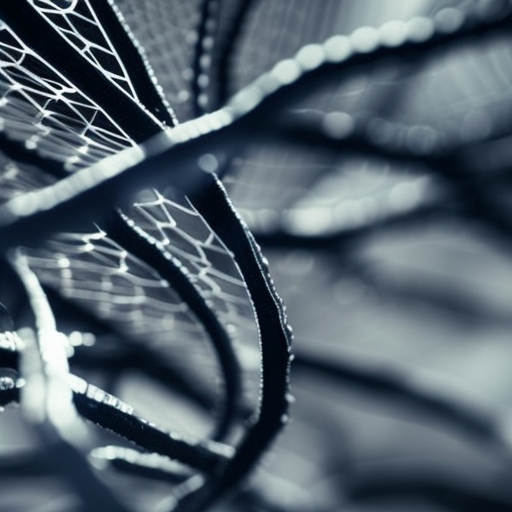Summary:
Protein structure and function are closely related concepts in biology. Proteins are large, complex molecules that play essential roles in the structure, function, and regulation of cells and tissues. The structure of a protein is determined by its amino acid sequence, which is encoded in the DNA. The three-dimensional structure of a protein is crucial for its function, as it determines how the protein interacts with other molecules and carries out its specific tasks in the cell.
Primary Structure:
The primary structure of a protein refers to the linear sequence of amino acids that make up the protein chain. There are 20 different amino acids that can be arranged in any order to form a protein. The sequence of amino acids is determined by the genetic code, which is stored in the DNA. Changes in the amino acid sequence can have significant effects on protein structure and function, leading to genetic diseases or altered protein activity.
Secondary Structure:
The secondary structure of a protein refers to the local folding patterns that occur within the protein chain. The two most common types of secondary structure are alpha helices and beta sheets. Alpha helices are tightly coiled structures, while beta sheets are formed by extended strands of amino acids. These secondary structures are stabilized by hydrogen bonds between the amino acid residues.
Tertiary Structure:
The tertiary structure of a protein refers to the overall three-dimensional arrangement of the protein chain. It is determined by the interactions between amino acid residues that are far apart in the primary sequence. These interactions can include hydrogen bonds, disulfide bonds, hydrophobic interactions, and electrostatic interactions. The tertiary structure is critical for the protein’s function, as it determines the protein’s shape and the specific binding sites for other molecules.
Quaternary Structure:
Some proteins are composed of multiple subunits that come together to form a functional protein complex. This is known as the quaternary structure of a protein. The subunits can be identical or different and are held together by various interactions, such as hydrogen bonds and hydrophobic interactions. The quaternary structure is essential for the stability and function of these protein complexes.
Protein Function:
The function of a protein is determined by its structure. Proteins can have a wide range of functions, including enzymes that catalyze chemical reactions, transporters that move molecules across cell membranes, receptors that bind to specific molecules and transmit signals, structural proteins that provide support and shape to cells and tissues, and antibodies that recognize and neutralize foreign substances in the body.
Protein Misfolding and Disease:
Protein misfolding can occur when a protein fails to adopt its correct three-dimensional structure. This can lead to the formation of protein aggregates, which are associated with several neurodegenerative diseases, such as Alzheimer’s and Parkinson’s disease. Misfolded proteins can also lose their normal function or acquire toxic properties, leading to cellular dysfunction and disease.
Protein Engineering:
Understanding protein structure and function is crucial for protein engineering, which involves modifying proteins to enhance their properties or create new functions. Protein engineering techniques can be used to design enzymes with improved catalytic activity, develop new therapeutics, or create proteins with novel functions for biotechnological applications.
In conclusion, protein structure and function are intimately linked. The primary structure determines the sequence of amino acids, while the secondary, tertiary, and quaternary structures determine the three-dimensional arrangement of the protein chain. The structure of a protein is critical for its function, and any changes or misfolding can have significant consequences for cellular processes and human health. Understanding protein structure and function is essential for advancing our knowledge of biology and developing new therapies and technologies.












